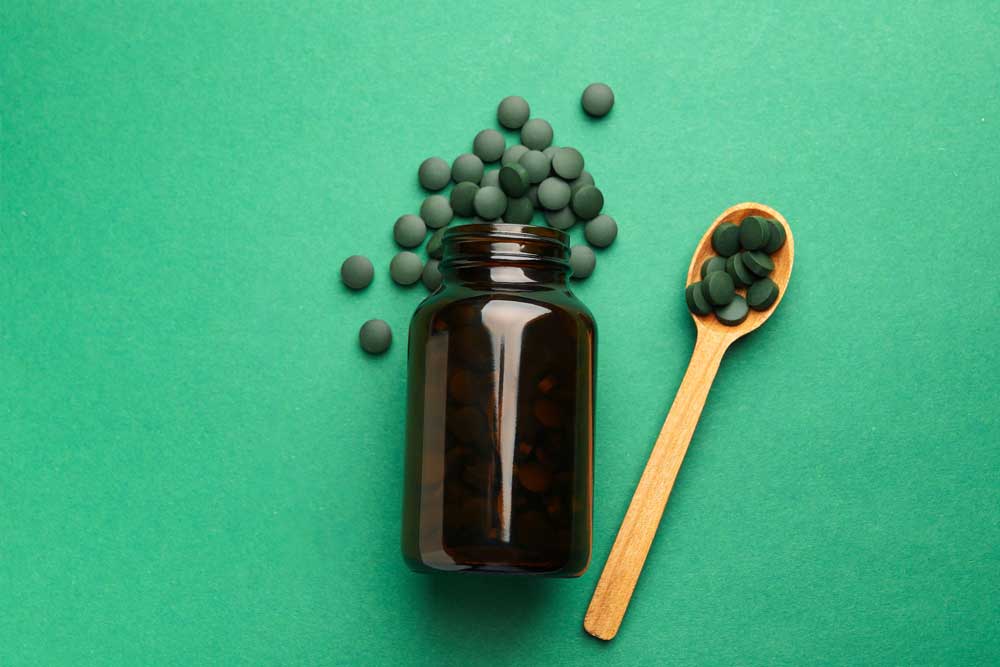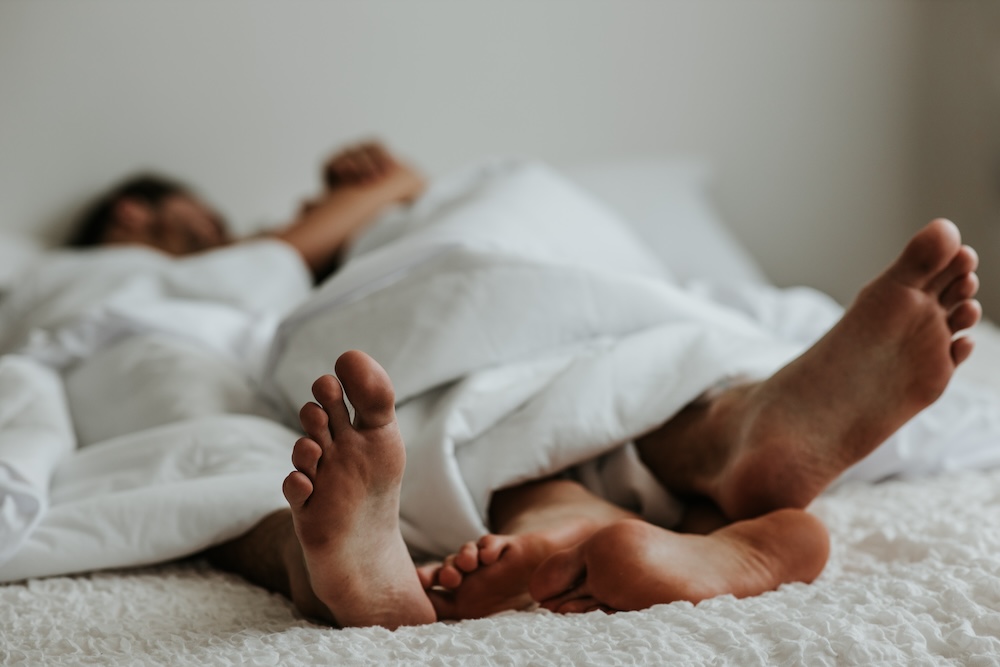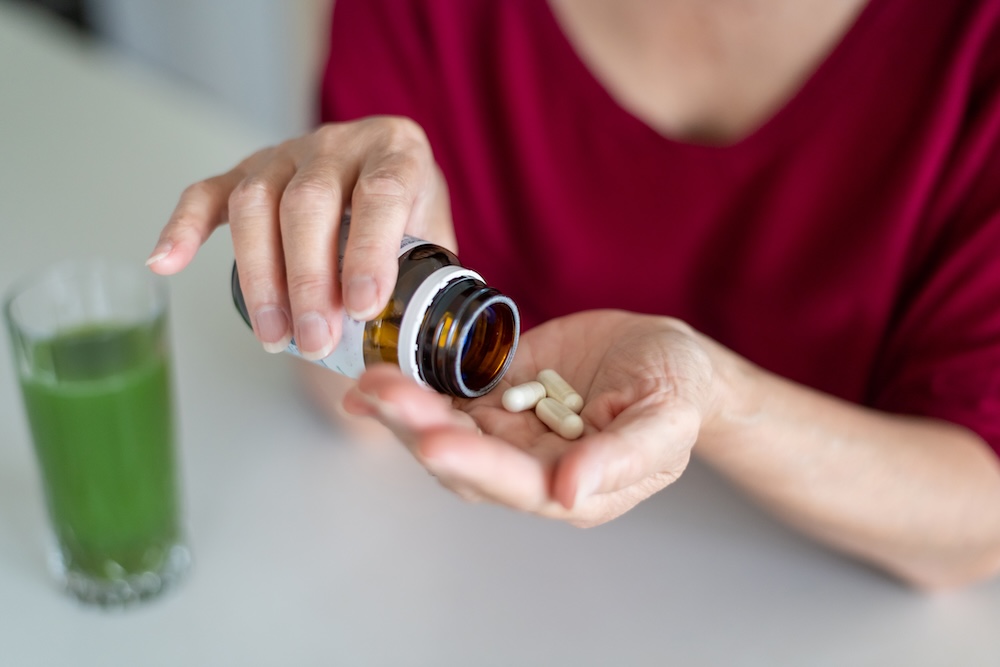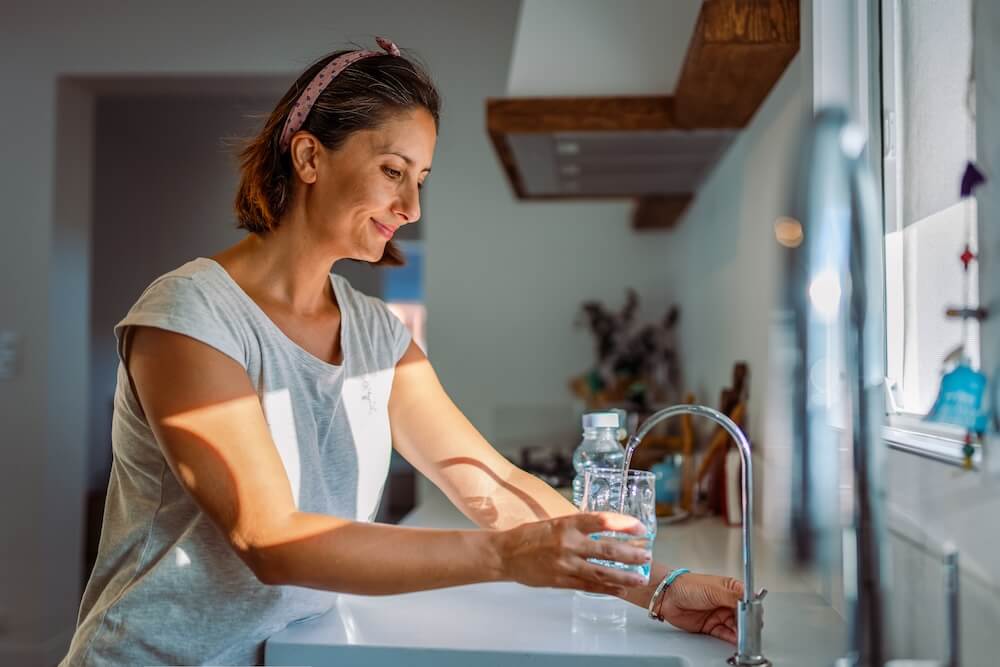Vaginal Oestrogen is an effective, low-risk form of HRT. It’s used to treat genital symptoms of menopause including tightness, dryness, pain and recurrent urinary infections. Vaginal oestrogen can be taken alone or alongside systemic HRT (including tablets and patches).
Read on to learn why vaginal oestrogens are a safe and popular option.
Find what you need quickly
Why does the vaginal area change at menopause?
The tissues in the vagina, vulva and urethra are kept healthy due to how they respond to oestrogen. The presence of this hormone keeps them plump, moist and elastic, as well as resistant to infection. This is especially true throughout your younger adult life when oestrogen levels are high.
As you might expect, menopause can really interfere with this process. As oestrogen levels drop during menopause, the tissues of the vagina and wider genital area become thin, dry and fragile.
This translates into a number of symptoms which are collectively known as genitourinary syndrome of menopause (GSM). These include dryness, vaginal discomfort, itch, pain, tightness, painful sex and urinary changes (including recurrent infection). You may also hear this referred to as vaginal atrophy, vulvovaginal atrophy or atrophic vaginitis. This is a common problem, although fortunately one which can be treated effectively with the right medication.
While many menopause symptoms, including hot flushes, settle after a few years, GSM symptoms continue long-term due to the ongoing low oestrogen levels.
What is vaginal oestrogen HRT?
Vaginal HRT is a way of replacing the oestrogen that your body no longer produces by itself. The hormone is applied directly to the vagina or wider genital area, where it’s absorbed directly into the tissues that need it.
Vaginal oestrogen is an effective form of HRT which works well for GSM. If your symptoms are severe, it can be used alongside other forms of HRT including patches, pills and sprays (systemic HRT).
How does vaginal oestrogen work?
Vaginal oestrogen is absorbed through the tissues of the vagina and genital area. The hormones stay here, where they reverse the changes caused by the decreasing hormone levels of menopause.
Vaginal oestrogen is highly effective, but symptoms will return if treatment is stopped.
The different types of vaginal oestrogen
A number of different types of vaginal oestrogen are available for HRT. It doesn’t matter which form you use – they all work equally well. The most important thing is to find a type of vaginal oestrogen that you’re comfortable using.
Options include:
- Vaginal creams
- Vaginal gels
- Pessaries
- Vaginal rings
To start with, your doctor will typically advise you to apply the vaginal oestrogen daily. This is then gradually reduced as your body responds to treatment. Many people find that in the long term they need to use their vaginal HRT only once or twice per week to keep any problems at bay.
If you’re struggling with tightness or pain, a gel or cream could be a good first choice as you might find it easier to apply than a ring or pessary. LIkewise, these products can be applied externally if needed – ideal if you have any symptoms affecting your vulva or perineum (the skin between your vagina and anus).
A ring is a lower-maintenance option as it remains in place for three months at a time to slowly release oestrogen into the vagina and surrounding tissues.
Start your free online menopause assessment to see if HRT is right for you
Can vaginal oestrogen be used on its own?
Vaginal oestrogens can be used alone, and many people take this approach to successfully manage any vaginal symptoms of menopause they’re experiencing.
You can also combine vaginal oestrogens with other products to ease your symptoms. These could include:
- Vaginal moisturisers – to further ease dryness
- Lubricants – if sex is painful
Vaginal oestrogen can also be used alongside systemic HRT such as patches, pills, gels and sprays, if you need them.
Unlike other forms of oestrogen, you do not need to use a progesterone if you’re taking vaginal oestrogen alone.
A combination of oestrogen and progesterone is usually recommended for HRT if you still have your womb. This is because using oestrogen alone can cause abnormal thickening of the womb lining, and in some cases even endometrial cancer. Progesterone effectively removes this risk.
However, this is not necessary if you just use oestrogen for vaginal HRT. This is because the oestrogen remains in the area where it is applied (and therefore does not reach the womb lining).
Is vaginal oestrogen safe?
Vaginal oestrogen is the lowest-risk form of HRT. This is because the hormones used stay in the tissues of the genital area, with very little absorbed into the bloodstream. Vaginal oestrogen can therefore be a good option for anyone unable to take other forms of HRT. If this is the case, a menopause specialist will be able to advise you fully on the best options for you.
Vaginal oestrogens are considered so safe that they are even available over the counter (without a prescription) in the UK. Despite being generally low-risk, it’s still important to discuss your needs with the pharmacist and check the information leaflet before using the product. Even vaginal HRT is not suitable for everyone. You should not use vaginal HRT without consulting your doctor if you have any undiagnosed vaginal bleeding, present or past breast cancer or endometrial hyperplasia (thickening of the womb lining) among others.
Side effects of vaginal HRT
As the hormones stay in one area of your body, you should have few – if any – side effects.
The exception to this is the first few days of starting your treatment. Some oestrogen can end up in the bloodstream because it is more easily absorbed through the damaged tissues of the vagina. During this period, you might notice mild breast tenderness or bloating among other mild symptoms.
Once the medication starts working your vaginal tissues become plumper and thicker. At this point, absorption of hormones into the bloodstream should end and the HRT product will stay in the vaginal tissues only.
Local side effects are also possible. Some women notice itching or irritation of the skin in and around the vagina, although this tends to settle within a few weeks.
Vaginal HRT and contraception
You should be aware that vaginal oestrogen creams can damage condoms, so you will need to use another effective form of contraception if you are still potentially fertile. It can be difficult to work out the best options for contraception as you approach menopause, so speak to your doctor for further advice.
Read more about contraception during menopause.
Final word
Vaginal oestrogens are an effective and generally low-risk treatment for symptoms of menopause including vaginal dryness, itch, pain and recurrent urinary tract infections. Although it can be difficult to talk about, this is a common problem and can be easily solved with the right medication. Please don’t be shy – tell your doctor if it is affecting you!
If you would like to learn more or try it for yourself, get started with our free online assessment. Find out more about menopause on our blog or in our symptoms library.














